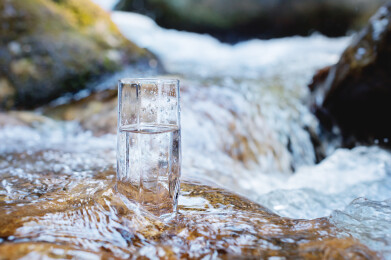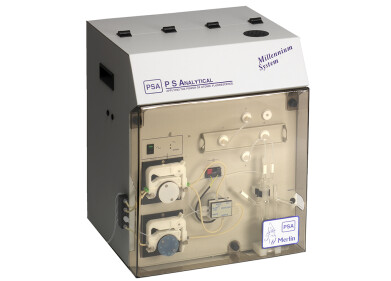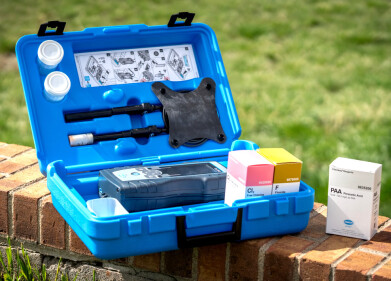Water testing
Alaska last updated mercury pollution limits in 2003, warns EPA
Jun 20 2024
The U.S. Environmental Protection Agency (EPA) has expressed significant concerns about Alaska's handling of water pollution, particularly with regard to mercury levels, and has issued a formal determination urging the state to update its outdated water pollution rules. Federal law mandates that states review and update their water pollution limits every three years. However, Alaska has not updated its standards since 2003, despite the clear requirement and ongoing discussions about necessary revisions. The Alaska Department of Environmental Conservation (DEC) has been working on updating its water quality standards since 2013 but has yet to release a draft, even after assuring the EPA that one would be ready by the end of last year.
EPA Region 10’s Acting Director of the Water Division, Caleb Shaffer, emphasized the need for revised water quality standards to protect Alaskan residents. He indicated that while the EPA prefers Alaska to address these concerns independently, the federal agency is prepared to intervene if necessary. This situation underscores the EPA's readiness to ensure compliance with federal environmental laws to safeguard public health.
How are mercury concentration limits decided in the US?
A critical aspect of setting water pollution limits is the average fish consumption rate among residents. The current standards in Alaska are based on an outdated estimate of 6.5 grams of fish per day, a figure set in 1992 for the general American population. This low estimate does not accurately reflect the dietary habits of many Alaskans, particularly those in rural areas who rely heavily on fish as a primary food source.
Research and environmental groups have argued for a higher fish consumption estimate to be used in setting pollution limits. For instance, the Southeast Alaska Conservation Coalition proposed an estimate of 175 grams per day for subsistence fishers. This adjustment would lead to stricter water quality standards, thus providing better protection against pollutants like mercury and DDT, which can accumulate in fish and pose serious health risks.
Recent studies support the need for updated standards. In 2019, the Alaska Department of Fish and Game found that urban Alaskans consume an average of 8.9 grams of fish per day, while rural residents, particularly in western Alaska, consume nearly 195 grams per day. This discrepancy indicates that many Alaskans are exposed to higher levels of water pollution than those in other states.
Compounding the issue is Alaska's acceptance of a higher cancer risk from pollution, with an allowable rate of 1 in 100,000 compared to stricter limits of 1 in 1,000,000 or 1 in 10,000,000 in other states. Environmental advocates like Mary Catharine Martin from SalmonState argue that the state's use of outdated fish consumption rates fails to protect public health adequately.
What is causing mercury pollution in Alaska?
Adding to the environmental challenges in Alaska is the long-term contamination from the Red Devil Mine, a historic mercury mining site. The Bureau of Land Management (BLM) has recently approved a comprehensive plan to clean up the remaining contamination, focusing on tailings that contain high levels of mercury, arsenic, and antimony. This cleanup effort, expected to cost around $40 million and last for 30 years, aims to mitigate ongoing environmental risks and protect the Kuskokwim River region.
The potential release of mercury from thawing permafrost due to climate change is another significant concern. Research by the National Snow and Ice Data Center suggests that without significant reductions in greenhouse gas emissions, mercury levels in fish in the Yukon River could exceed EPA criteria by 2050. This scenario underscores the interconnectedness of environmental health issues and the need for comprehensive, science-based approaches to pollution management.
The EPA's pressure on Alaska to update its water pollution standards is a critical step towards ensuring the health and safety of its residents. By addressing outdated fish consumption estimates and implementing stricter pollution controls, Alaska can better protect its environment and public health.
Digital Edition
IET 35.2 March
April 2025
Air Monitoring - Probe Sampling in Hazardous Areas Under Extreme Conditions - New, Game-Changing Sensor for Methane Emissions - Blue Sky Thinking: a 50-year Retrospective on Technological Prog...
View all digital editions
Events
Apr 21 2025 Shanghai, China
Apr 22 2025 Hammamet, Tunisia
Apr 22 2025 Kintex, South Korea
Analytica Anacon India & IndiaLabExpo
Apr 23 2025 Mumbai, India
Apr 23 2025 Moscow, Russia



















